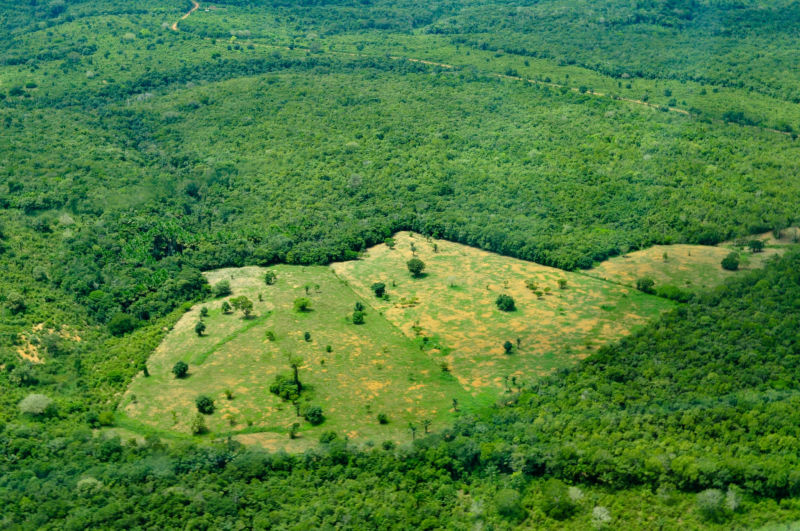
Enlarge / Aerial view of the Amazon rainforest, near Manaus the capital of the Brazilian state of Amazonas. Brazil. (credit: Neil Palmer/CIAT)
In Brazil, the rapid deforestation of the Amazon has been accompanied by a rise in malaria. But did the deforestation help increase malaria rates? Or is something more complicated going on?
Researchers Andrew MacDonald and Erin Mordecai think there is in fact a more complicated story at play. In a paper published in PNAS last week, they report evidence suggesting that deforestation does lead to a rise in malaria—but that at the same time, a rise in malaria reduces deforestation. The complicated relationship makes the effects difficult to tease out of the data. And together, the two effects mean that conservation and human health go hand in hand—what's good for one is good for the other.
Confusing evidence
Because malaria is spread by mosquitoes, it would be easy to think that humans have little to do with its prevalence if we're not killing mosquitos. But because human land use leads to habitat change for disease vectors like mosquitoes, human activity can dramatically change the risks of vector-borne diseases.
No comments:
Post a Comment